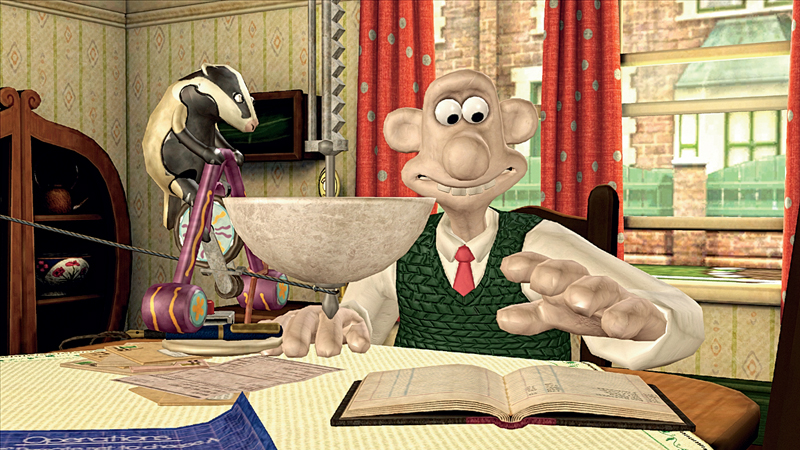
This series originally ran in PC Gamer UK magazine as a column called They're Back, in which Jon Blyth took a sideways look at ageing games and re-releases before meting out judgement.
This week's edition was first published in January 2012, which is why it talks a lot about physical re-releases and bundles and other things that don't exist any more.
The GeneForge Saga looks older than its ten years—but it plays minty fresh.
Good graphics can be a curse. Last month, I was properly saddened and shocked by the undignified re-release of Planet of Death, a sub-entertaining racer that traded on its long-faded good looks. This month, I’m heartened, thrilled and tickled into a emetic puce hue to have discovered the Geneforge Saga.
It’s a series of RPG crawlers that completely passed me by in 2001—perhaps because I assumed it was a decade-old re-release even then. It looks rubbish. Competent rubbish, for sure—the graphics get across everything you need to know to enjoy the game. But still, eh? People love their dynamic bloom definition.
You play a Shaper, a mage who can summon creatures by thinking hard and spending essence points. It’s a little more sophisticated than your average “give us a succubus OK that’ll be 80% of base mana thanks”. When you summon your first fire-spitting Fyori, you can invest points in strength, endurance, or speed, and this discretion gets deeper as you and your creatures get stronger.
When you and your obedient creation stumble across an enemy, you might become confused by the automatic switch to combat mode. Battles and skirmishes take place on the same map, and all combat mode does is switch your movement from real-time to a turn-based system of action points. It’s easy to die, and there’s nothing in the way of autosaving, so it’s best to cultivate a paranoid attitude to saving.
There’s little beauty to be found in the pixels, but the frequent and text-heavy dialogue that pops up is extremely well-written, managing to build the atmosphere and personality of the NPCs without coming across as over-earnest or overwrought. In fact, with five games that take you through roughly the same path of action and development, it’s the deepening plot of the Shapers and the rebellion that keeps you going.
The biggest gaming news, reviews and hardware deals
Keep up to date with the most important stories and the best deals, as picked by the PC Gamer team.
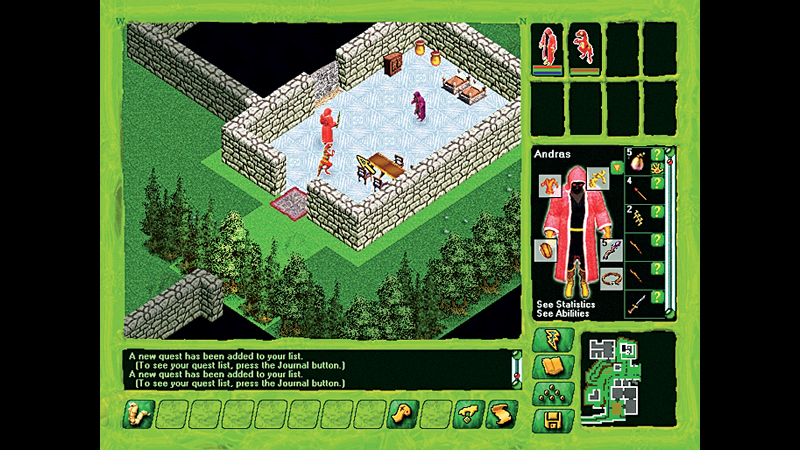
The Serviles, for example, are a race created by the Shapers who were left to fend for themselves. They’ve been getting on nicely without gods to faff them about for 200 years, and they’re pretty startled when you show up. This gives you the opportunity to roleplay as a massive returning-demon dick. It’s certainly tempting, when their new-found beliefs in fair trade lead them to charge you over the odds for meat. But by the later games, they’re a playable rebellion race. Your decisions in one game don’t effect the others. I’m not saying you should be an evil dick in Geneforge 1, or anything. It’s just worth noting.
Geneforge goes about the crawl and explore in its own utterly charming way, and over the five games you’ll see superficial improvements in graphics—Geneforge 5 supports full HD, so you can fit even more rubbish graphics on the screen at once. But we’re all stylish grown-ups here, and we can see past that. You won’t get a better play-per-pound ratio from Skyrim.
Jon's score: 84
Gentle whimsy overload in Wallace & Gromit’s Grand Adventures.

When you boil down any of Wallace and Gromit’s plots into a couple of sentences, it’s maddeningly twee. Were-rabbits, eh? I see what you’ve done there. You’ve used a cute animal to subvert a horror trope. Whimsy-by-numbers balls. But when I try to explain why that makes me so angry, people generally look at me like I’m some angry-for-the-sake-of-it bore, so I watch the film with my arms folded, and end up really enjoying it.
I was expecting—and pretty much got—a similar reaction to Wallace & Gromit’s Grand Adventures. While it lacks the relentless banter-japes of Sam & Max, its humour relies instead on Gromit’s long-suffering eye-rolls and the fact that Wallace is that staple of situation comedy: a massive, oblivious arsehole.
Whatever your feelings on the relationship between Peter Sallis and his silent hound, their Heath- Robinson contraption-filled house lends itself nicely to puzzles, and the rich collection of uniquely British characters give the game an appealing groove that inevitably wore me down.
And I’m kind of glad it did. It’s no fun being the kind of prickly idiot who hates things because they’re nice. This is all perfectly nice, with the same visual flair and puzzle polish you’d expect from Telltale, along with their inclination to slip a duff episode into a series.
So, it’s not a brilliant adventure game. It’s just an overwhelmingly nice one. And nicer still, you get four evening-sized episodes for a tenner. That’s a nice price, isn’t it? What a lovely world we live in.
Jon's score: 71
Gangland
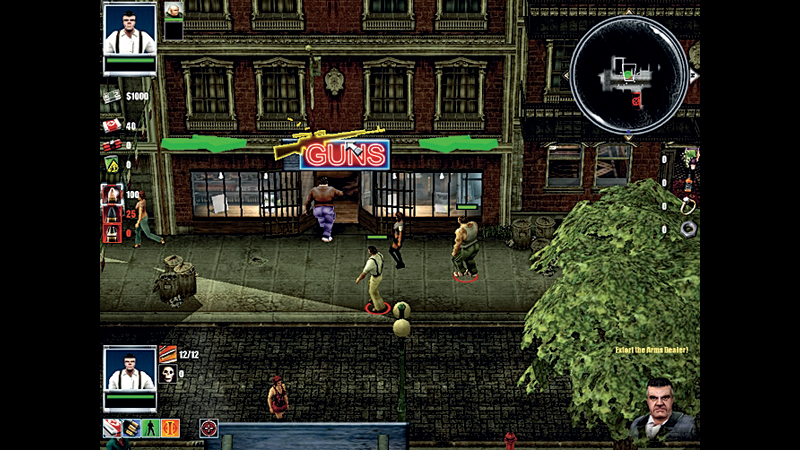
Is there anything more fun that being in the Mafia? Threatening bakers, having a gorgeous wife who shows Nelsonian blindness to your activities before having a spectacular breakdown, and every morning a new horse’s head delivered straight to your bed. You’ve got to hand it to the Mafia—no other horse head delivery service offers that level of intimacy. Anyway, the game. Gangland is a pleasant enough blend of action, business sim and real-time strategy. You’ll intimidate or buy out local businesses, do some drive-bys, and report to a boss who inexplicably calls you “bambino”. The ambition deserves recognition—hi, ambition—but it’s also messy and imbalanced at times, and the controls make it tough to love.
Jon's score: 63
Two Worlds 2: Game of the Year Edition
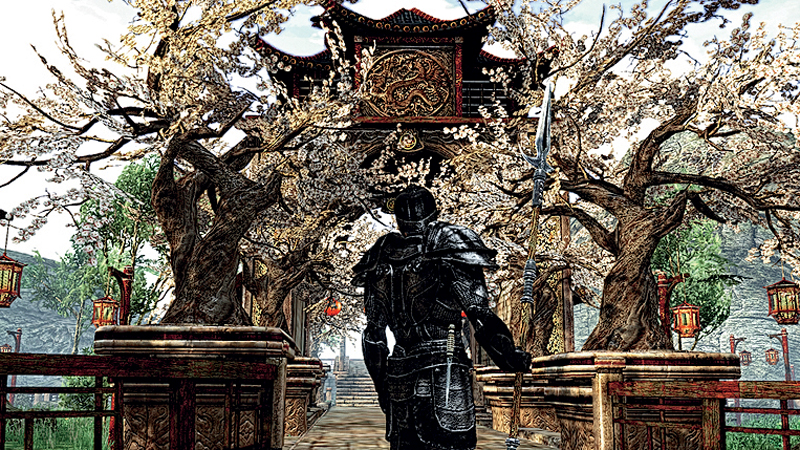
The first game in this open-world RPG series promised that the first player to create a potion would get to name that potion, online, for everyone else. Naturally, I was thrilled, and my list of planned potion names included Spunk of the Waspfondler, and Nipplespuff. Sadly, this never happened. The sequel fulfils the promise of the first game in many ways. A slightly more self- aware script, with warm, self-deprecating humour. A class-free development system that’s a pleasure to explore, even if the combat and magic roles are more developed than the stealth. Post-Elder Scrolls is a bad time to be an RPG, especially one as pricey as this, but spare it a thought, once you’ve polished off all them awesome dragons.
Jon's score: 78
Might and Magic 9: Writ of Fate
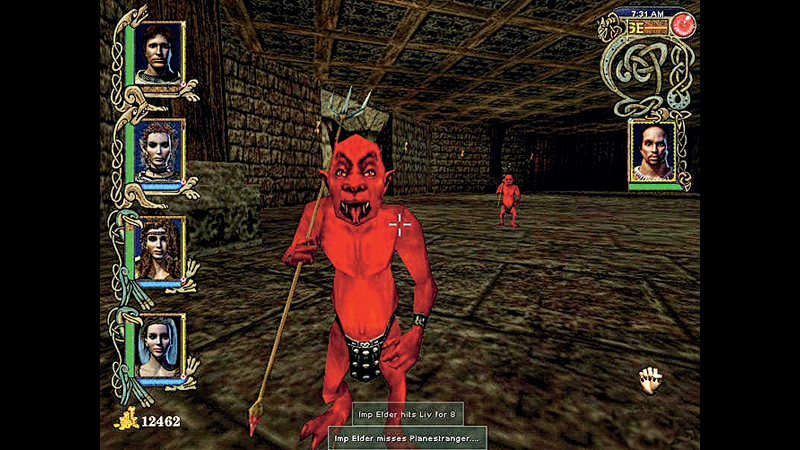
If the core element of M&M’s brand identity has been dead for a decade, this is why. A game that rocketed the series into the full-3D arena, improved the combat, but reduced everything else to a shineless slog. A forgettable game, it also managed to forget its own sci-fi roots. There’ll come a time, in another ten years, when the fact that Might & Magic used to have spaceships in it will be completely forgotten.
Enjoy your dwarves and skeletons if you must, but honestly—having just recommended the pig-ugly Geneforge Saga, I’ve no qualms in saying forget MMIX—go back to the 2D games. Start with IV, progress to VI, and only come here when you’ve worn all the other games out.
Jon's score: 57

